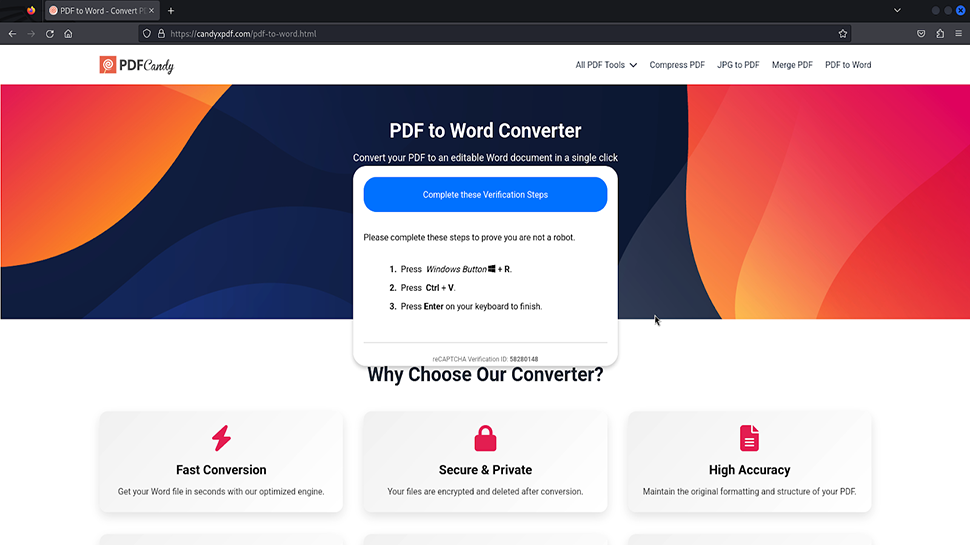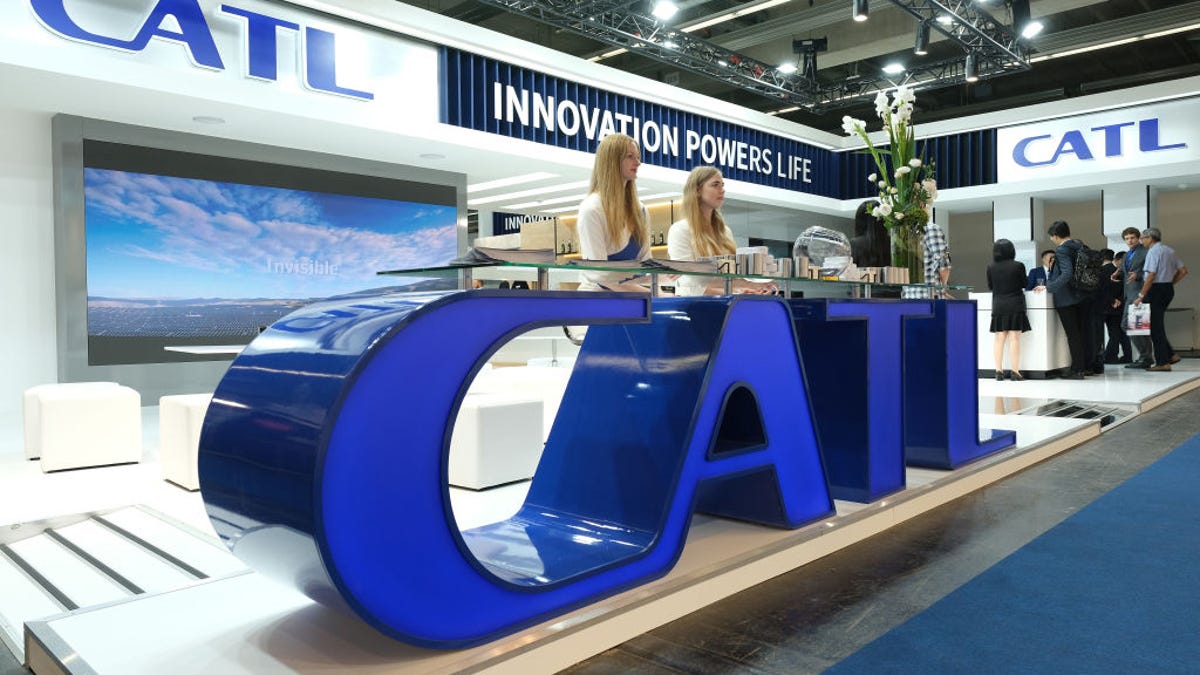Tax Free income: Employees’ income up to Rs 17 lakh will be tax free! Check the calculation here

Income tax calculator: Paying your income in tax often troubles people. This is the reason why people follow many options for tax savings. But now even if your salary is Rs 12 lakh, you can save a lot of money by doing good tax savings with smart planning. Yes, in this new financial year you can pay zero tax and that too without the help of any chartered accountant. So let’s understand how and with the help of which smart tips we can do tax-saving. New financial year The new financial year has started from 1st April. Now taxpayers have started planning from filing tax to tax savings. Do you know that even if your annual income is Rs 17 lakh, you can still save tax. Now the question is, but how? So this can be achieved by proper tax planning and taking advantage of tax exemption options like section 80C, 80D, HRA, NPS. With the help of these options and proper planning, you can reduce your income of Rs 17 lakh to zero. So let’s understand how this can happen and what planning will have to be done? How to make it tax free Understanding the CTC Breakup is always considered to be the most important thing for working people. This is especially important when it comes to tax savings. If the basic salary is 30% of the CTC and you are increasing it to 40%, then it also affects other allowances, deductions and tax exemptions. Under the new tax regime, with proper planning, the taxable income can be reduced by this much, and even a salary of up to Rs 17 lakh can be zero tax. So let’s know how you can save income tax with a smart breakup. New tax regime If you are choosing the option of the new tax regime, then standard deduction can prove to be a very beneficial option for you. From the year 2024-25, in the new system, employees can get standard deduction of up to ₹ 75,000. That is, if the annual income is ₹ 12 lakh, then after deduction in it, the taxable income will be around ₹ 11.25 lakh only. This will benefit you in that the tax liability will be less and savings will be more. The most important thing is that this deduction can be deducted directly from your income without any extra documents or investment. How does your salary slip look? Let’s assume that your gross salary is around ₹17,24,385 or ₹17,84,981. So now if you divide it in the format of 30% and 40% basic salary, then the basic salary will be around ₹5,17,315 and ₹7,13,992 respectively. Mobile and Conveyance Reimbursement Now let’s talk about mobile and conveyance reimbursement. Actually these two components are fixed. Let’s assume mobile reimbursement: ₹50,000 and conveyance reimbursement: ₹2,40,000. In such a case, whether the basic is 30% or 40%, the limit of these allowances remains the same. How will the tax become zero But the thing to think about is that if you have done the right planning, then what will happen if they are shifted to a tax-free zone? Yes, these are the same secret strategies that every working person should know, so that they can pay ZERO tax on a salary of Rs 17 lakh without heavy documents or experts. Save tax with salary breakup Now let’s talk about EPF, NPS and gratuity. This is where real tax saving can begin. Suppose if the basic salary is 30% of CTC, then the PF part can be around ₹62,078 and around ₹85,679 at 40% basic. NPS will contribute 14% to this, which would be ₹72,424 and ₹99,959 respectively. While gratuity is also linked to the basic salary, which would be ₹24,883 at 30% basic and ₹34,343 at 40% basic. In this, minus the PF contribution on the total gross gratuity pay. Then the gross pay at 30% basic would be ₹16,37,424 and at 40% basic would be ₹16,64,959. Understand the calculation According to some experts, you can get tax exemption of up to ₹ 50,000 on mobile reimbursement and up to ₹ 2,40,000 on conveyance reimbursement. But for this, it is necessary to follow some things. Also, if we deduct exemptions like mobile and conveyance reimbursement from the gross salary, then the net pay can be ₹ 13.47 lakh at 30 percent basic and ₹ 13.74 lakh at 40 percent. On the other hand, if you reduce the standard deduction by ₹ 75,000, then the taxable salary can be ₹ 12,72,424 at 30% of the basic and ₹ 12,99,959 at 40% of the basic. That is, after reducing the standard deduction and NPS (which helps in tax exemption) contribution, your taxable income will be only ₹ 12 lakh, which leads to huge tax savings. (Note: The news is based on general information only, get all the information from an expert before filing tax)


















